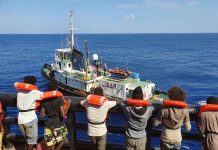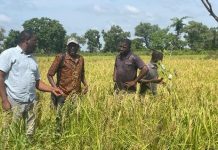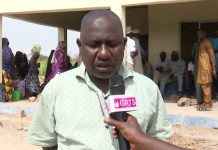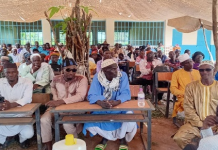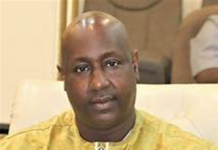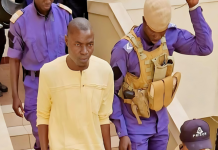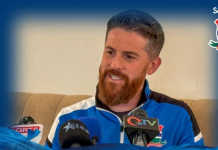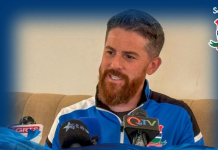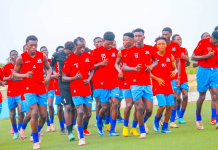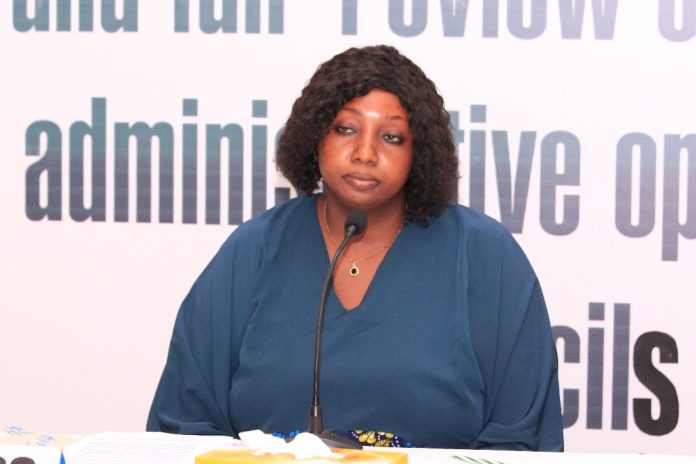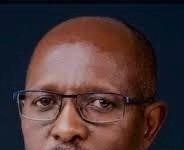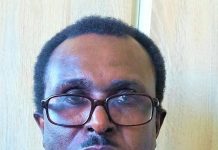Phabian Ina Grante Sanyang appeared before the Local Government Commission of Inquiry on June 2. The Commission was established to conduct a full and impartial investigation into the financial and administrative conduct of local government councils between May 2018 and January 2023, to enhance transparency and accountability.
Questioned by Lead Counsel Patrick Gomez, Sanyang denied receiving D100,000 intended for the purchase of Aloe Vera, claiming that her signature on related documents was forged.
The witness submitted a document she prepared, which was tendered and admitted into evidence. It contained details and explanations, including dates of bank cheques she received during the Aloe Vera burnt wound research project. She also voluntarily tendered her bank statement to the Commission and it was admitted in evidence.
Former CEO Mustapha Batchilly was shown the voucher linked to the payment. He stated, “I did not see my signature.”
Mr. Gomez referred Batchilly to supporting documents, including two emails, which indicated that the budgeted amount of D100,000 came from the project manager, Alfusainey Gano. Batchilly and Finance Manager Muhammed Cham signed the cheque, and the money was withdrawn.
Batchilly expressed his doubts, stating, “I did not want to believe that the signature is fraudulent.” He added, “Then, I cannot ascertain that the signature was fraudulent.”
An approval letter from the Ostend-Banjul Project raised concerns that the requested amount exceeded the budget. Despite this, Batchilly signed the cheque and the funds were withdrawn. He was given a copy of the voucher to return to the Banjul City Council (BCC) to find out how the money was spent.
The Commission promised to summon Finance Manager Muhammed Cham and project manager Alfusainey Gano to explain how the D100,000 was used and who took the money.
The witness also testified that the project initially provided D200 daily to patients but the funding stopped, forcing her to continue payments using her own money.
She noted that the Aloe Vera project employed 17 staff members.

